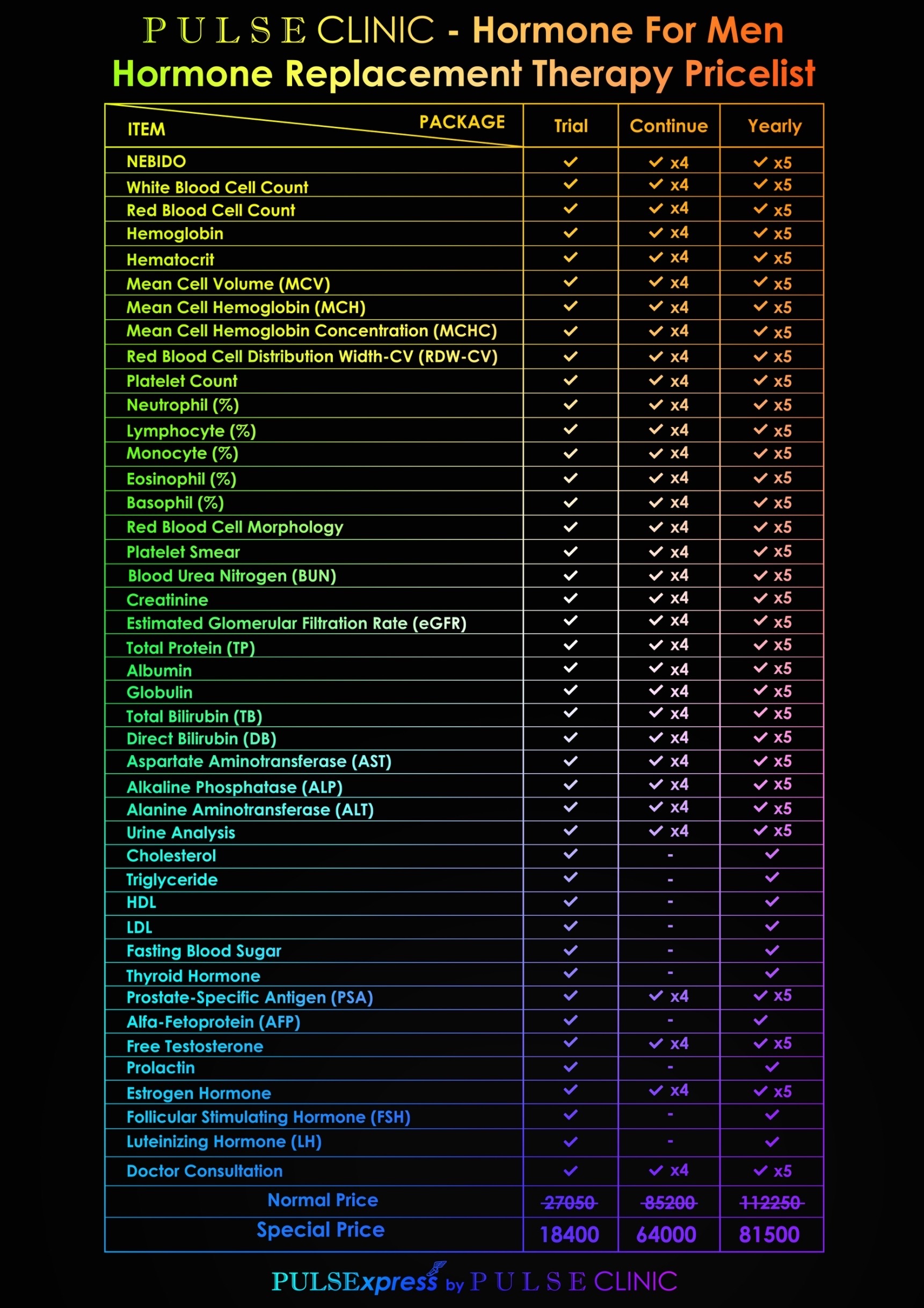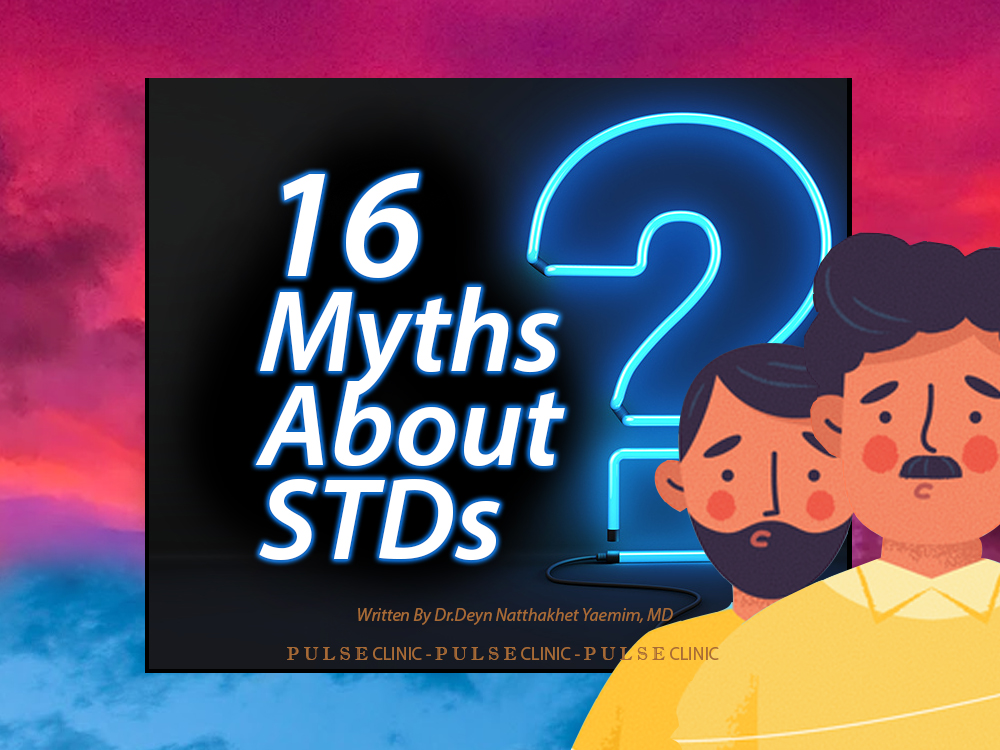How to Treat Low Testosterone?
24843
Testosterone Replacement Therapies

How To Treat Low Testosterone
Testosterone replacement therapy, or male menopause, is also known as low T or Andropause. It is gaining more and more attention as the medical community and researchers learn about this condition that affects all men as they age. In some instances, younger men may be affected by Low T due to other medical conditions. Because of the stigma attached to low testosterone, men are not inclined to talk about it that much and in the open, but the tide is turning with commercials about Low T. It is now known that men start losing 1% of their testosterone every year starting around the age of 30.
We now have continuous research and clinical trials going on that help us to better understand male menopause to serve the male population more effectively. Another benefit of the research and clinical trials will also help men who, because of a disease or illness, suffer from Low T. These are treatable conditions with very good results. Previously, the medical profession was unaware of androgen deficiency because it came on gradually; and, carried a variety of vague symptoms.
Testosterone Replacement Therapies
The availability of testosterone comes in many forms: injectable, cream, gel, transdermal patch, mucoadhesive material applied to the teeth twice a day, testosterone stick (used like a deodorant stick), and a long-acting subcutaneous implant of pellets. Depending on the doctor and the range within which your testosterone levels fall, the doctor will pick the right treatment. But, most will offer the cream as the first line of defense. Apply it in the morning as during the normal cycle of testosterone levels, these latter will be at their highest point. The doctor will want the patient to stay on the testosterone plan for 8 - 10 weeks. This way, the patient will be able to show normal levels of the hormone. Blood work should be checked every 3 - 6 months to determine levels of the hormone in the system.
Receiving a TD diagnosis can be daunting. However, most patients have access to several treatment options that can improve symptoms and increase testosterone levels. Learn about some of the most common types of testosterone replacement therapy (TRT).
Skin Patches
In many cases, your doctor can prescribe a testosterone patch that you apply directly to your skin. You'll typically apply a transdermal patch each night, routinely changing the location to ensure that your body continues to absorb the hormone effectively without generating uncomfortable skin reactions.
Gels
Prescription gel applications could also be an option for TRT. Most testosterone gels require you to apply the medication on your arm, your armpit, or your thigh. You'll then need to wait for the gel to dry completely, taking care not to shower, sweat, or otherwise remove the gel before your body absorbs the hormone. You'll also need to take precautions to prevent touching others with the liquid medication.
While most gels require you to apply the medication directly to your skin, some require you to pump the gel into your nostrils. Although many nasal gels are easy to apply, they typically involve multiple daily applications to ensure that you absorb enough of the hormone.
Injections
In other cases, an internal application may work better for you. Your doctor may prescribe a testosterone injection that you'll need to apply to a muscle. Depending on the medication, you may be able to inject yourself at home each day or you may need to visit your doctor for regular injections. Most testosterone injections quire multiple applications at specific intervals.
Lifestyle Changes
In some cases, you can consider making strategic lifestyle changes in addition to or instead of taking advantage of medical treatments. Adopting a healthier diet, avoiding alcohol, incorporating more exercise and movement into your day, and getting adequate sleep may help you maintain a lower weight, which can decrease the risk of low-T.
Contact us at info.bkk@pulse-clinic.com or chat on your preferred platform:
![]() +66 65 237 1936
+66 65 237 1936  @PULSEClinic
@PULSEClinic ![]() PulseClinic
PulseClinic
Potential Side Effects of Testosterone Replacement Therapy
All drugs carry side effects and testosterone cream is no different. If it is overused, side effects would include dizziness, headaches, fluid retention, and high blood pressure. There is evidence that the cream can cause prostate problems: this would preclude men that are already having problems with their prostate.
While TRT treatments are relatively common and typically produce positive results, some therapies can generate negative side effects. In some cases, TRT treatments cause testicle shrinkage and decreased sperm production. In other cases, these therapies can cause physical side effects like weight gain and increased oil production in the skin. Treatments for low testosterone may also increase your risk of developing blood clots or having a stroke.
Although some TRT treatments can lead to an enlarged prostate or breast growth, studies have not linked low testosterone therapy to prostate cancer. If you have concerns about the side effects of any treatment you're considering; then, you need to have a frank discussion with your doctor to ensure that you understand the risks and benefits. Naturally, you'll want to feel confident that you're making the right decision for your health and well-being.
Whether you've experienced common symptoms of low T or you have one of the risk factors for developing TD, it's important to know where your testosterone levels stand. Since low testosterone levels can impact your mental and physical health throughout your life and may even shorten your life expectancy, maintaining normal hormone levels is essential for your well-being. Order a total testosterone test from Health Testing Centers and get an essential insight into your health today.

Trust PULSE CLINIC to take care of your health like other 45000 people from over 130 countries. We provide discreet professional service with high privacy. Here to help, not to judge.
Add us on Line and stay in touch.
Loading...
Clinic Locations
Loading...






